I hated butter when I was a kid, unless it was melted in mashed potatoes. Fast forward 20 years and here I am, living in France, regularly licking butter off my fingers while making tart crust or smooshing fat slices onto naked hunks of bread in the morning. Somewhere along the line, someone slipped me a sliver of Echiré and changed my world. There’s no going back once you’ve experienced the tender melt of cultured-cream butter on the tip of your tongue. But I wondered: what exactly makes this ubiquitous ingredient so good here?

Above Left: Tabitha Turner / Above Right: Sorin Gheorghita
According to Luisa Weiss, author of My Berlin Kitchen and founder of the blog The Wednesday Chef, the easy answer is fat. “The main difference between American and European butter is that European butter has a higher percentage of fat than American butter,” she explained over the telephone from her home in Berlin. American butter averages 80 percent fat, while European standards hover around 85 and 87 percent, with the legal French minimum being 82 percent. It’s not a huge difference – we’re talking 5 to 7 percent – but it’s enough to give European butter a deeper, richer flavor than its American counterpart.
The slightly more complex reason lies in a stage of butter making that is nonexistent in industrial American butters and increasingly rare even in France. Culturing, when the cream is left to ferment (up to 18 hours in the case of Echiré) before being churned, is reserved for select beurre de baratte, resulting in a tangy, slightly acidic butter popular with pastry chefs.
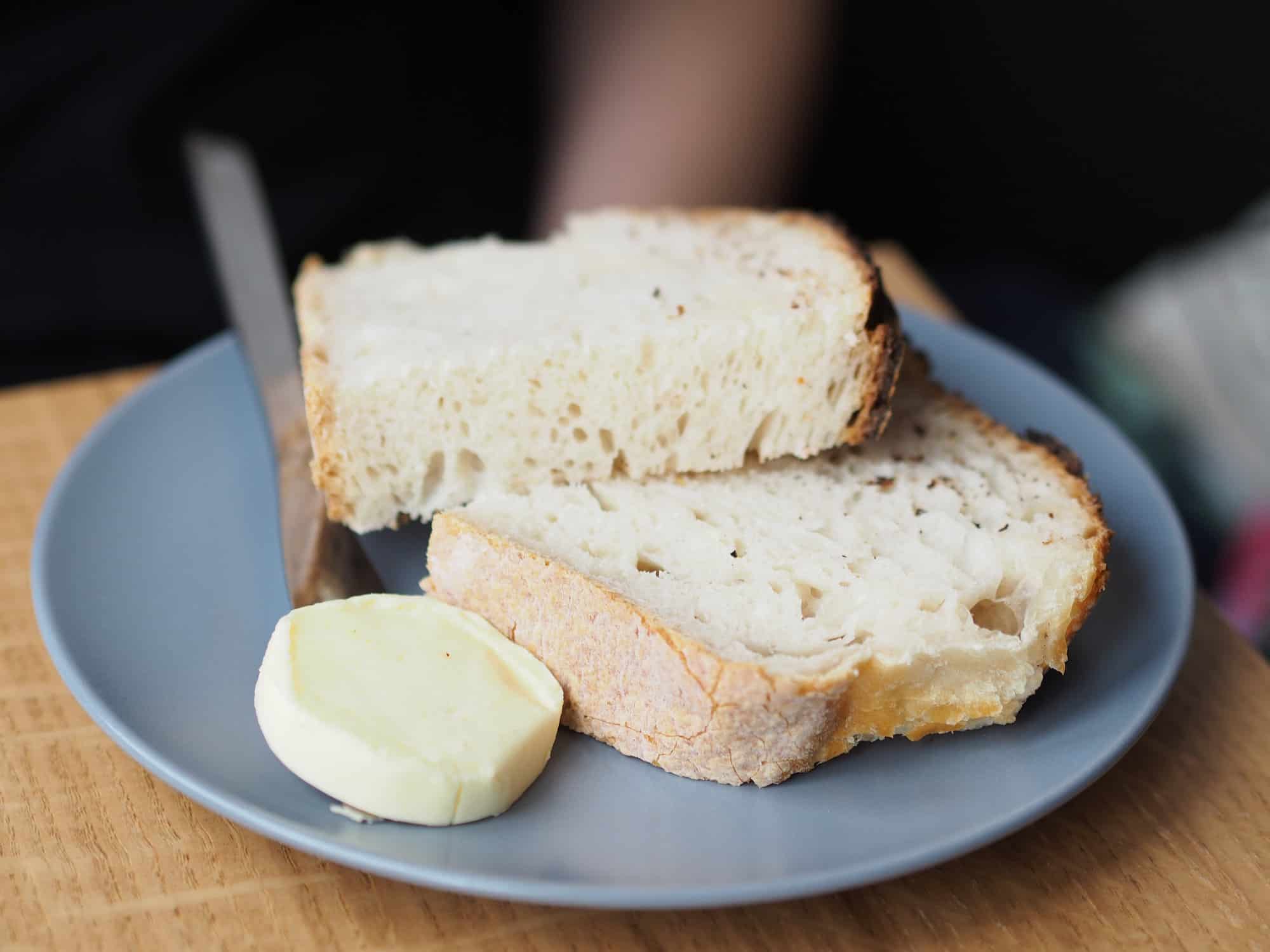
So what does this mean for American bakers using French recipes? Not much, says Luisa, unless you regularly make pastry. “You might notice a difference in puff pastry dough where you’re folding in lots of butter,” she says. In a recipe that relies heavily on butter for both flavor and structure, bakers might notice that American butter is a bit firmer; French butter would feel more “malleable.” But ultimately, “that shouldn’t keep people from making European recipes,” Luisa reassured me.
Bernard Laurance, author of Baklava to Tarte Tatin, agrees that French butter is better, whether you’re baking or not. It’s the best, in fact. An avid traveler, he’s made it his mission to taste everything he can (including butter)do. “I’ve had great butter in Portugal, England, Germany… but French butters remain in my top-ten list. And it’s not because I’m French, I swear.”

He cites France’s strong connection to terroir and tradition as one of the reasons you’ll still find butter made in wooden churns at your local cheese shop. Certain elements of the process have been automated, of course, but the materials remain the same. “The cows are also roaming around eating grass, which contributes to a rich, flavorful milk,” he adds.
French butter is as remarkable for its diversity as for its flavor: doux, demi-sel, salé… where do the butter-curious begin? “La Grande Epicerie,” says Bernard. He suggests having a tour of the dairy aisle to get a lay of the premium land, then heading to a local cheese shop for farm-style butter. “Instead of bringing flowers or a bottle of wine [as gifts], I bring four or five types of Bordier butter. It’s the same price and more interesting,” he says.
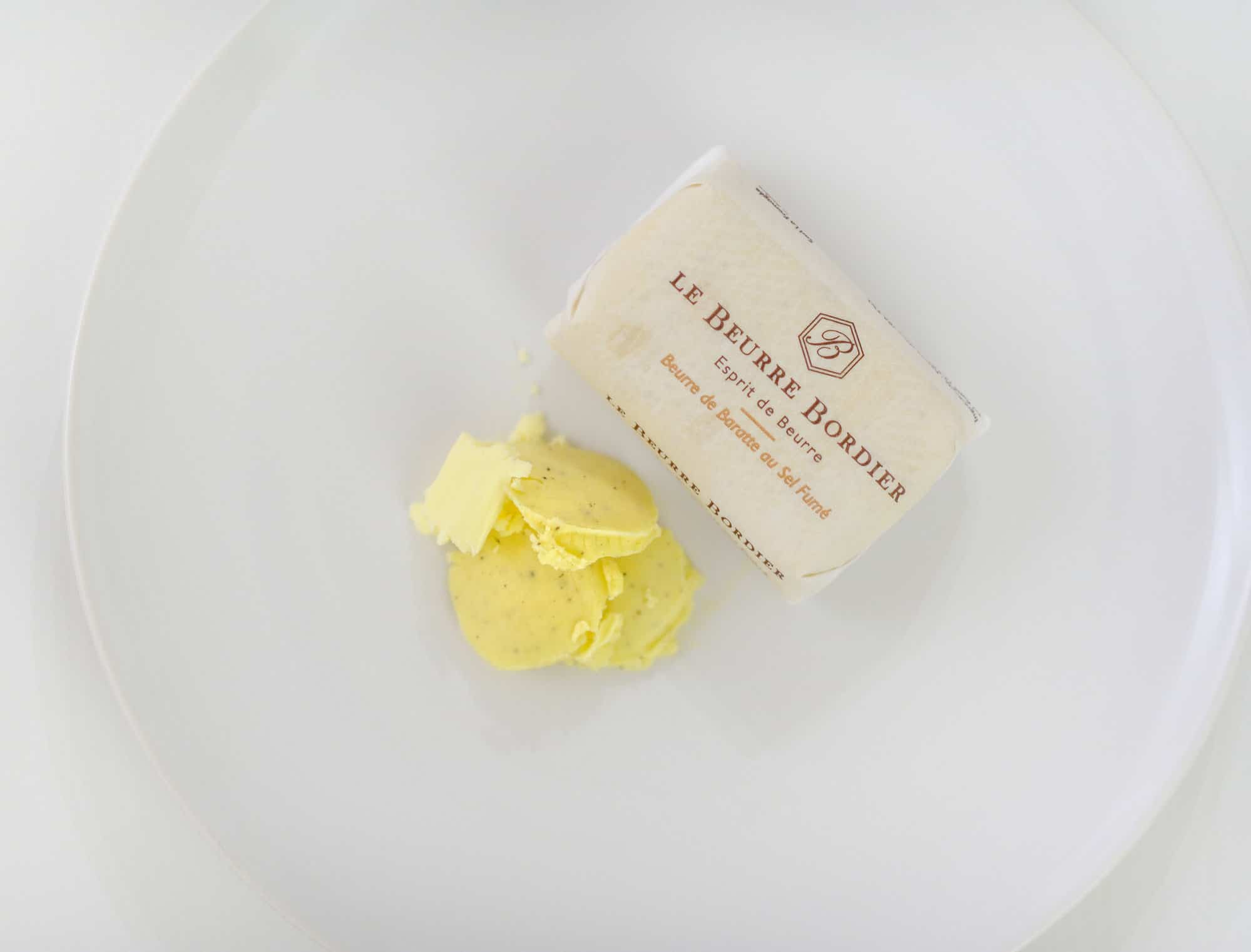
When choosing butter, Bernard suggests pressing lightly to assess the firmness. “I want my butter to be tender, even when it’s cold,” he says. His go-to brand, Au Bon Beurre, stays unctuous even in the fridge, where Bernard keeps all his butter to keep rancid flavors from developing. Luisa has another strategy: “I have two sets of butter, one kept at room temperature for spreading, and one in the fridge as a back-up and to bake with.”
While salted butter is the only butter for many French people (I’m looking at you, Bretagne), Americans should avoid industrially-produced salted butter on their home turf. “Because of salt’s role as a preservative, a lot of the salted American butter ends up staying on the shelf a lot longer,” Luisa explains. This can lead to a rancid taste unlikely to be encountered in a fresh carré of demi-sel. If you’re lucky enough to be in France, Bernard recommends using beurre doux for cooking, especially for pastries as large salt crystals may tear the dough, and saving the best salted butter for slathering on bread.
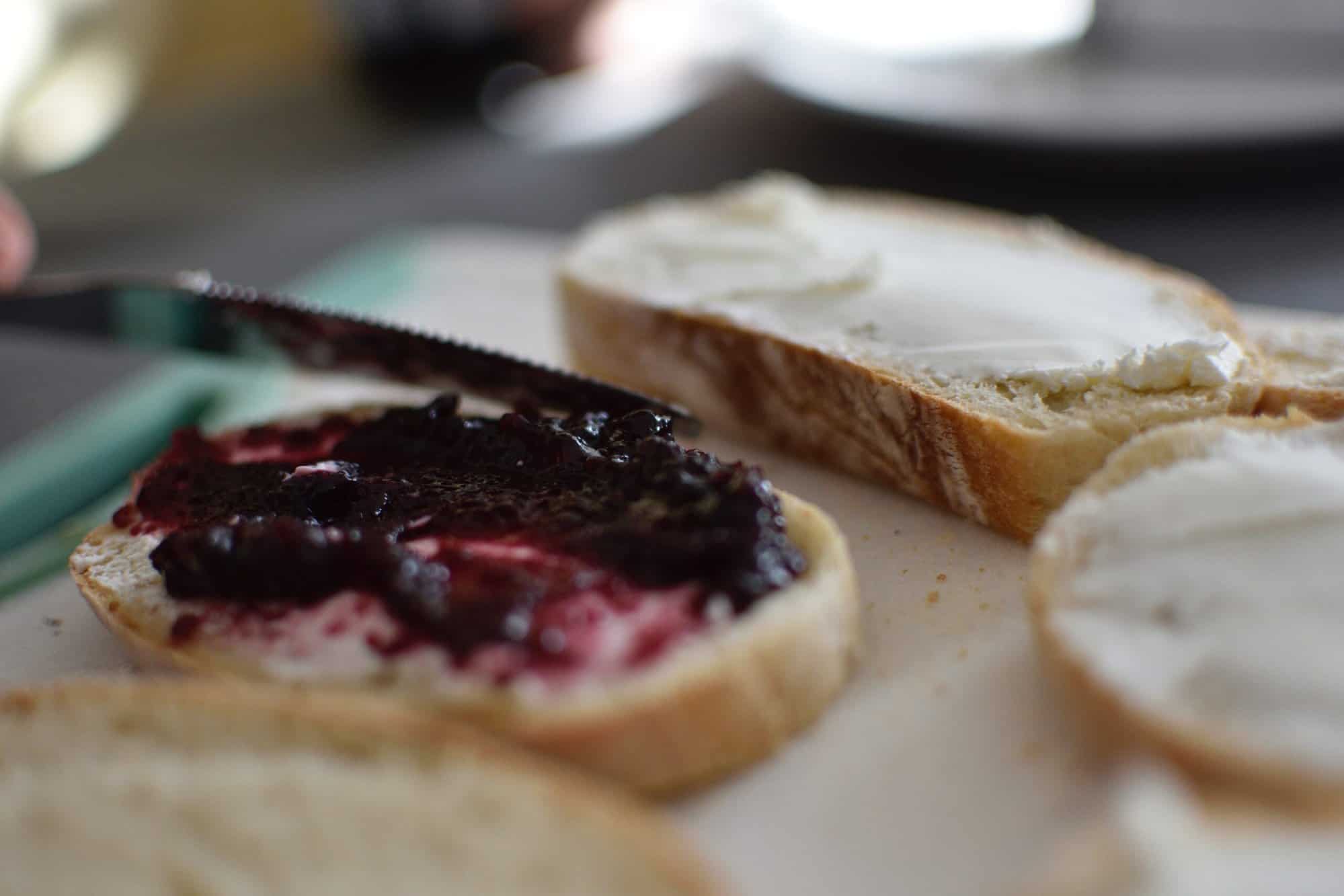
Related Links
- Read the story of an American who opened a doughnut shop in Paris!
- Check out the Best French Butters!
- Here are some amazing French desserts to cook at home.
Written by Kate Robinson for HiP Paris. Looking to travel? Check out Haven In for a fabulous vacation rental in Paris, France or Italy. Looking to rent long-term or buy in France or Italy? Ask us! We can connect you to our trusted providers for amazing service and rates or click here. Looking to bring France home to you or to learn online or in person (when possible)? Check out new marketplace shop and experiences.


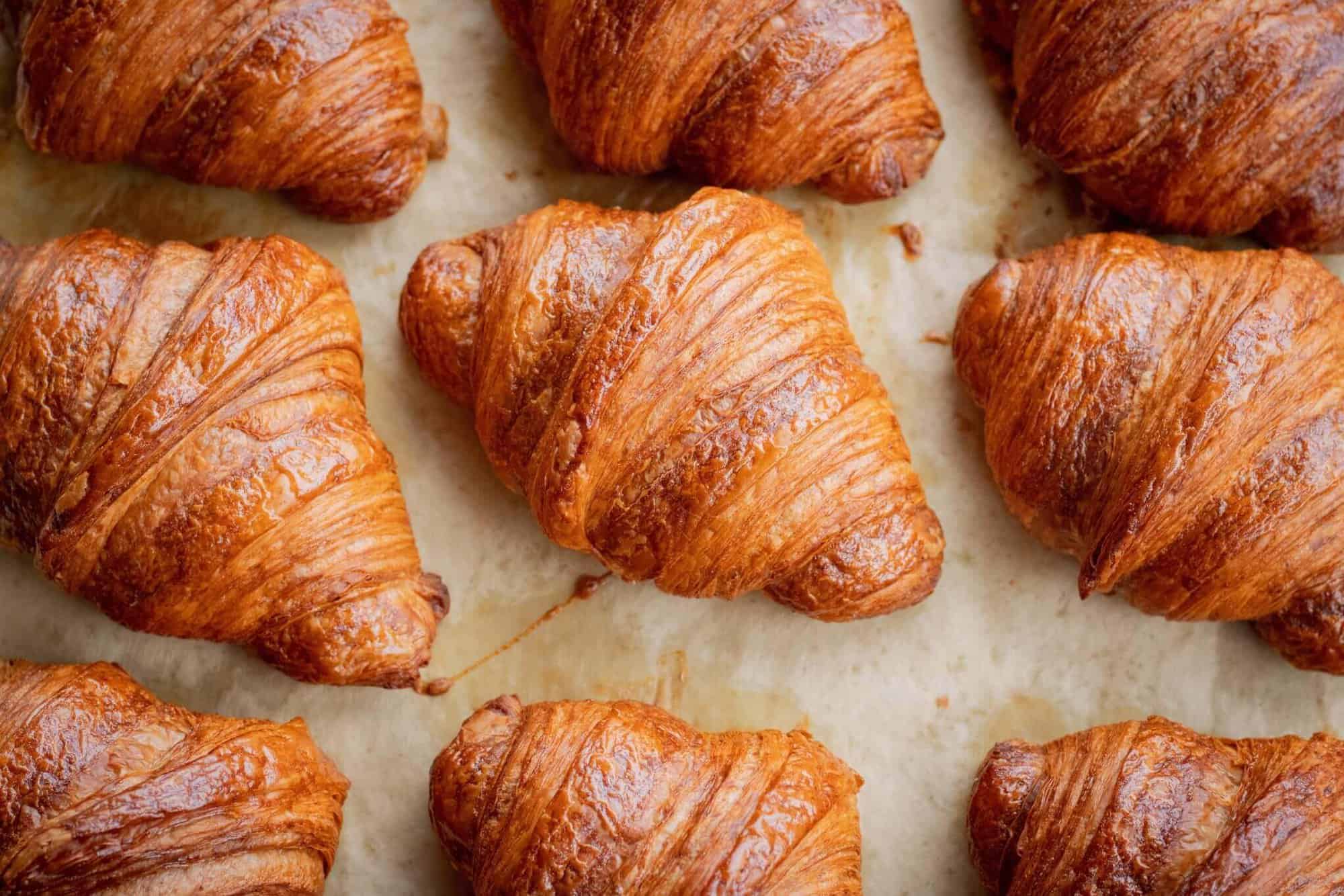

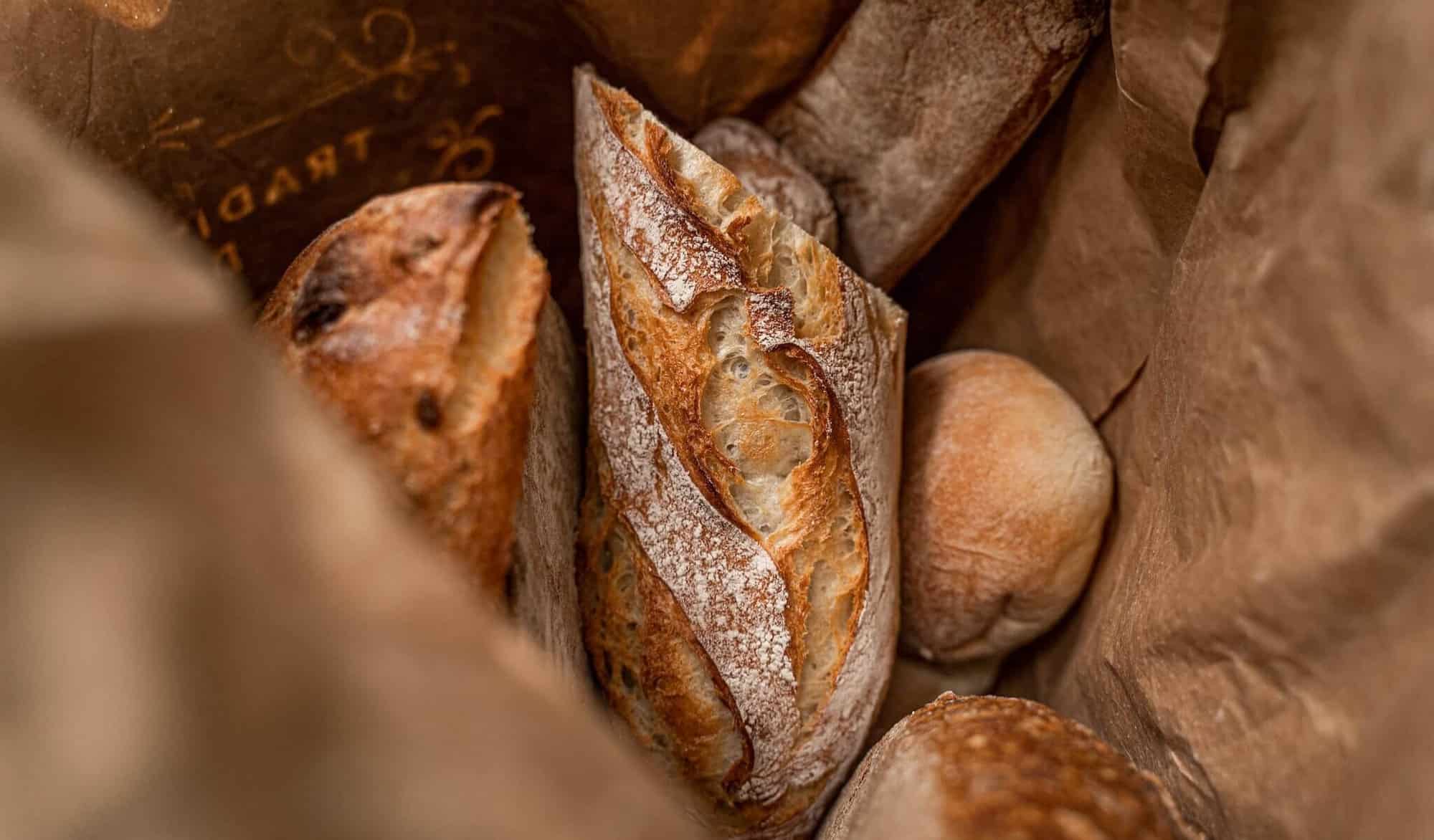




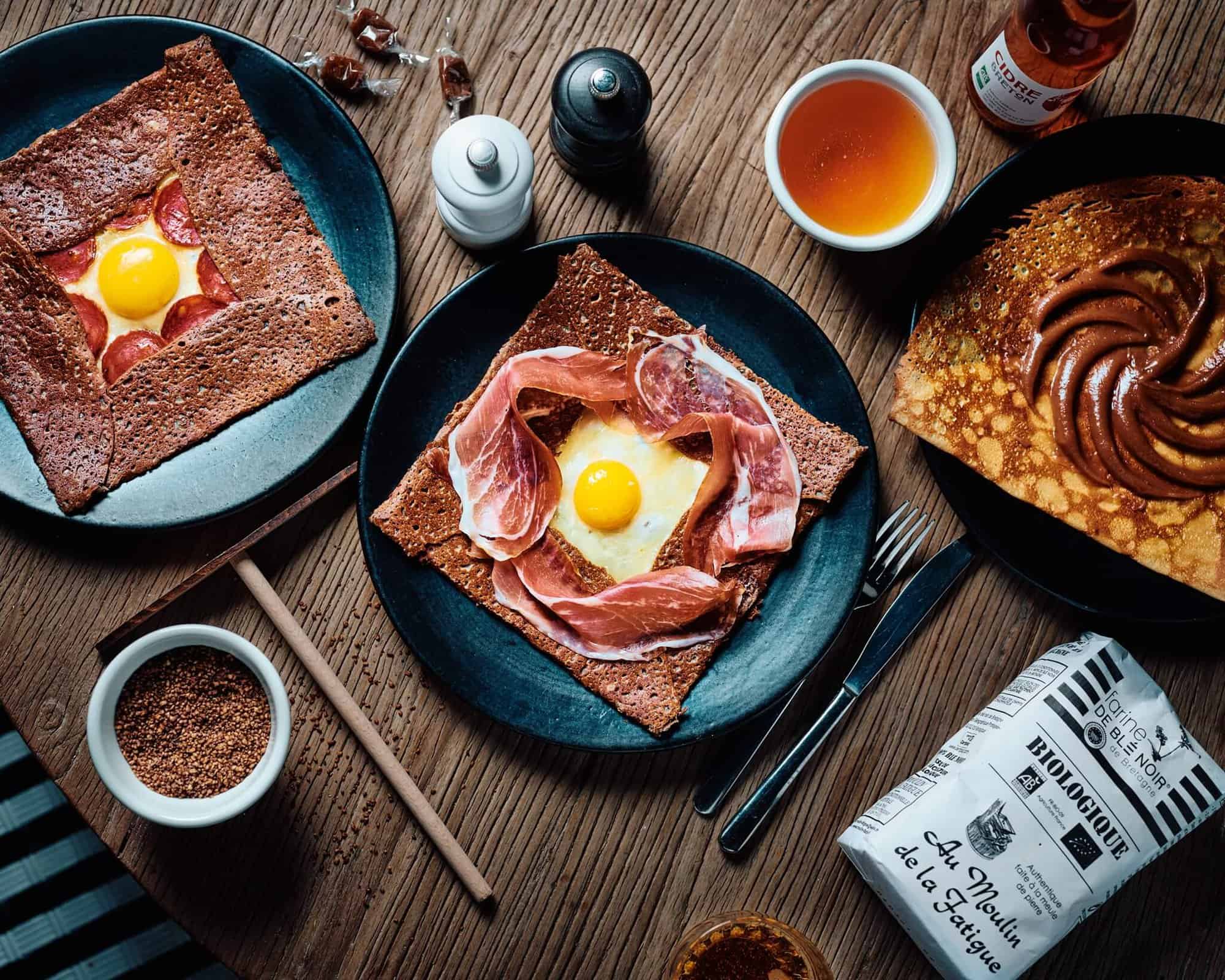

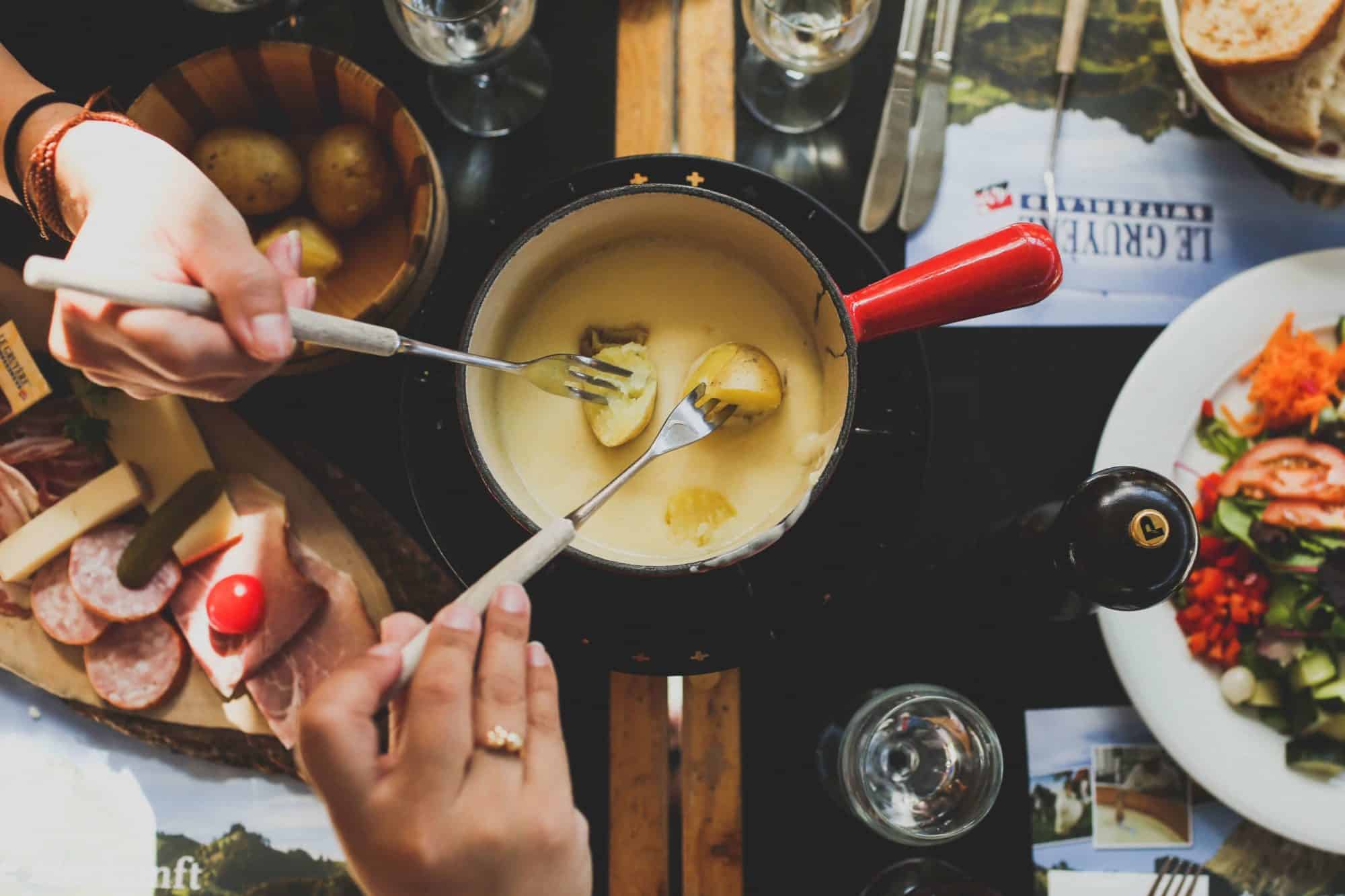
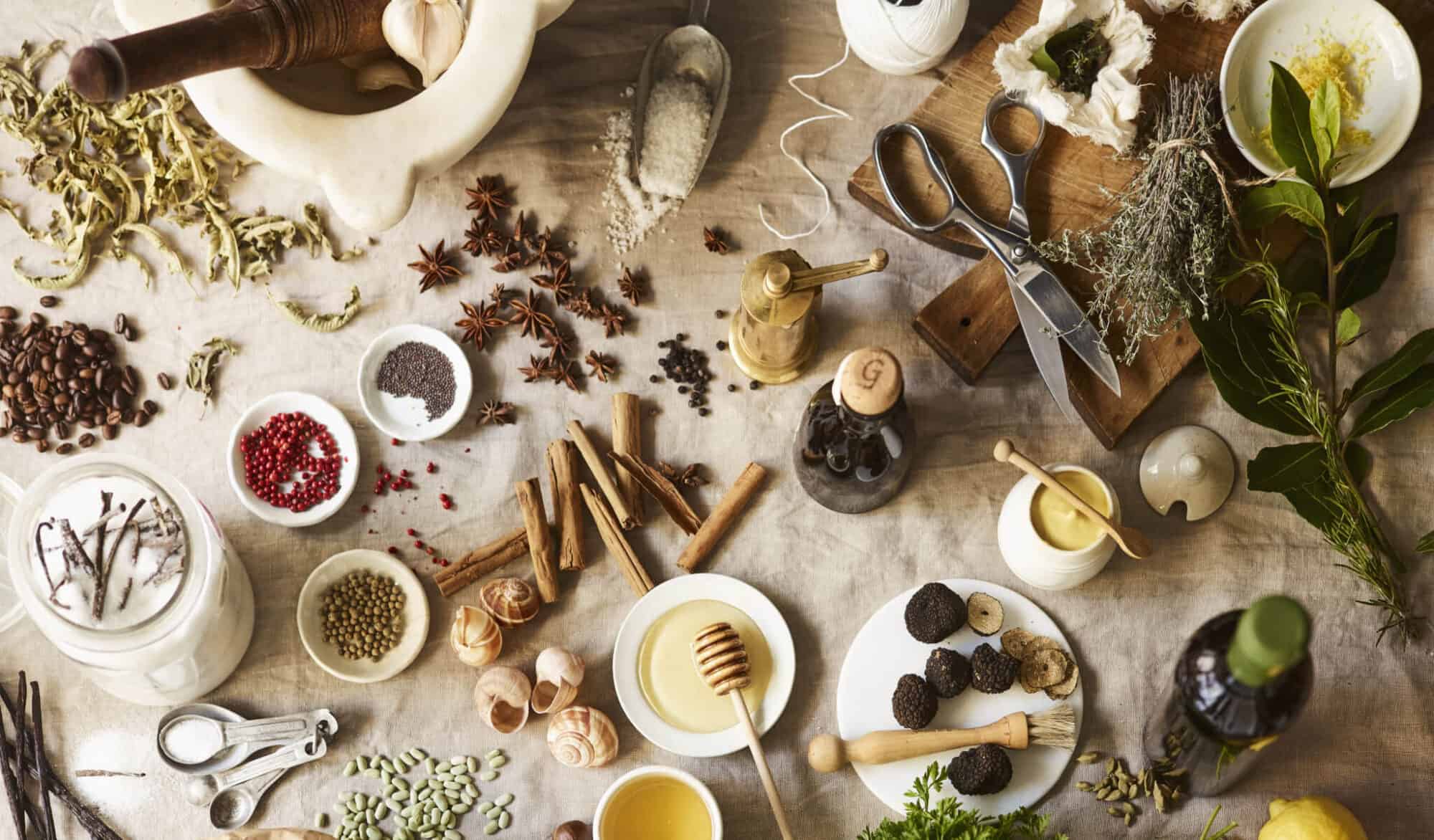


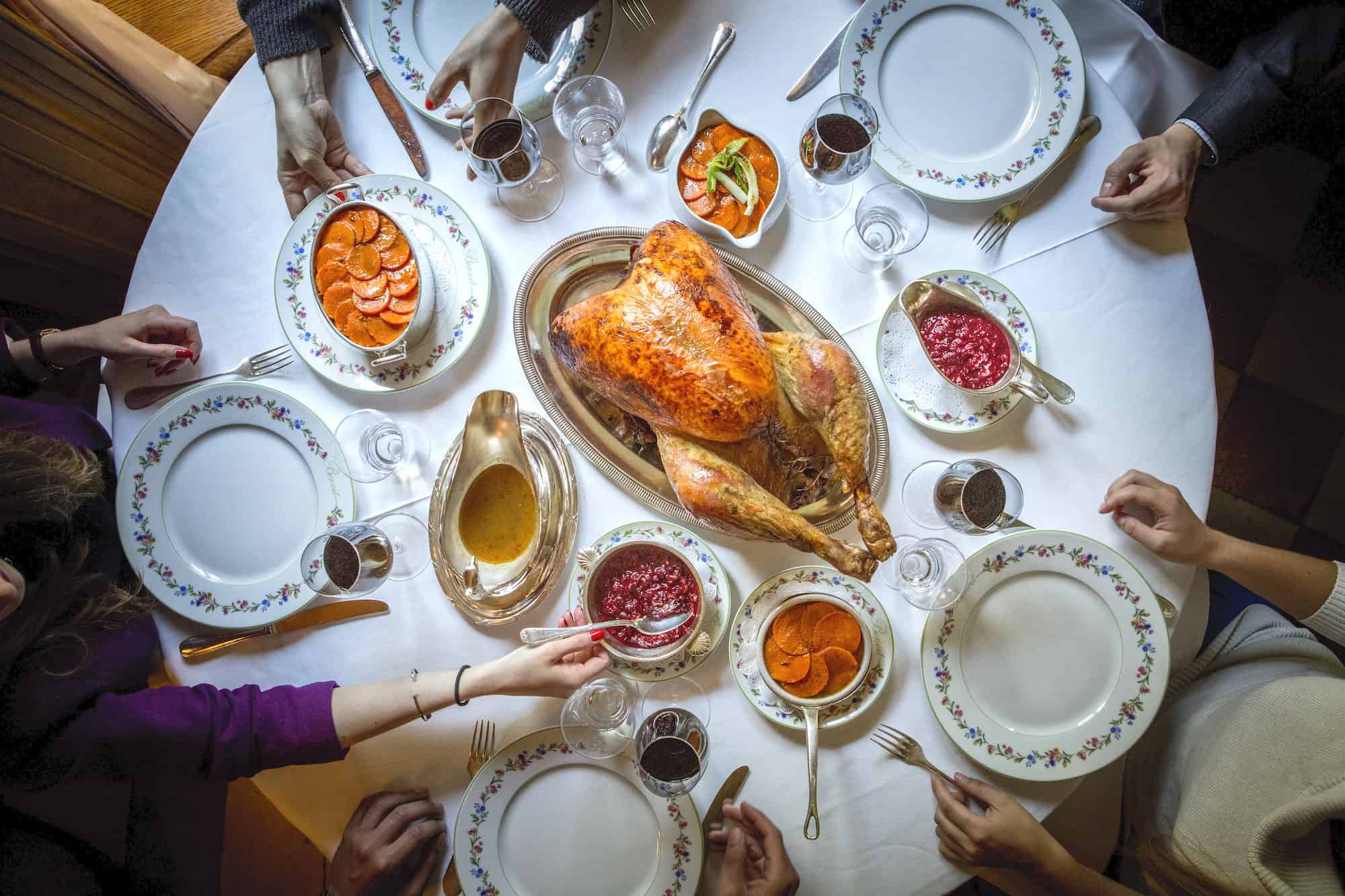

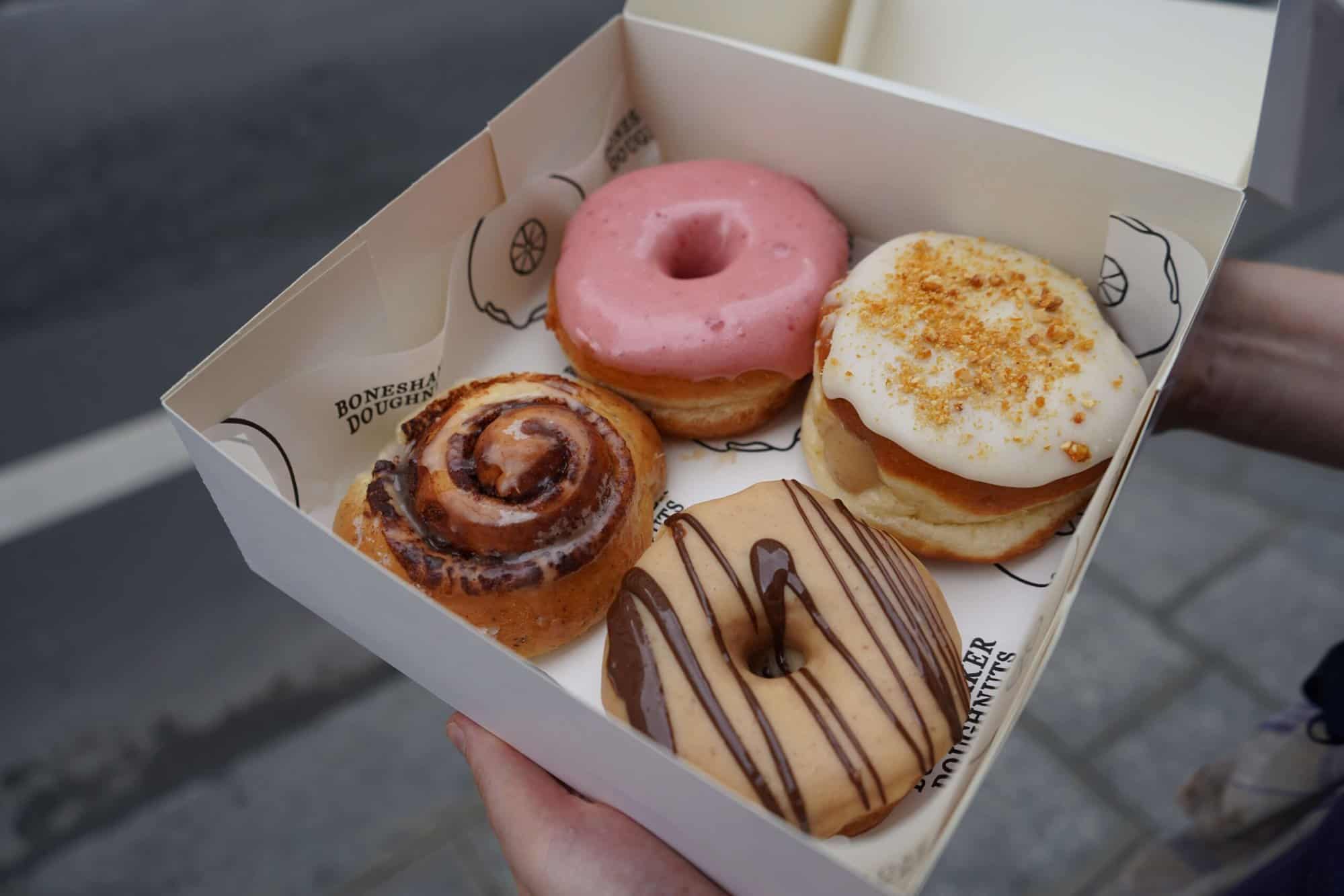



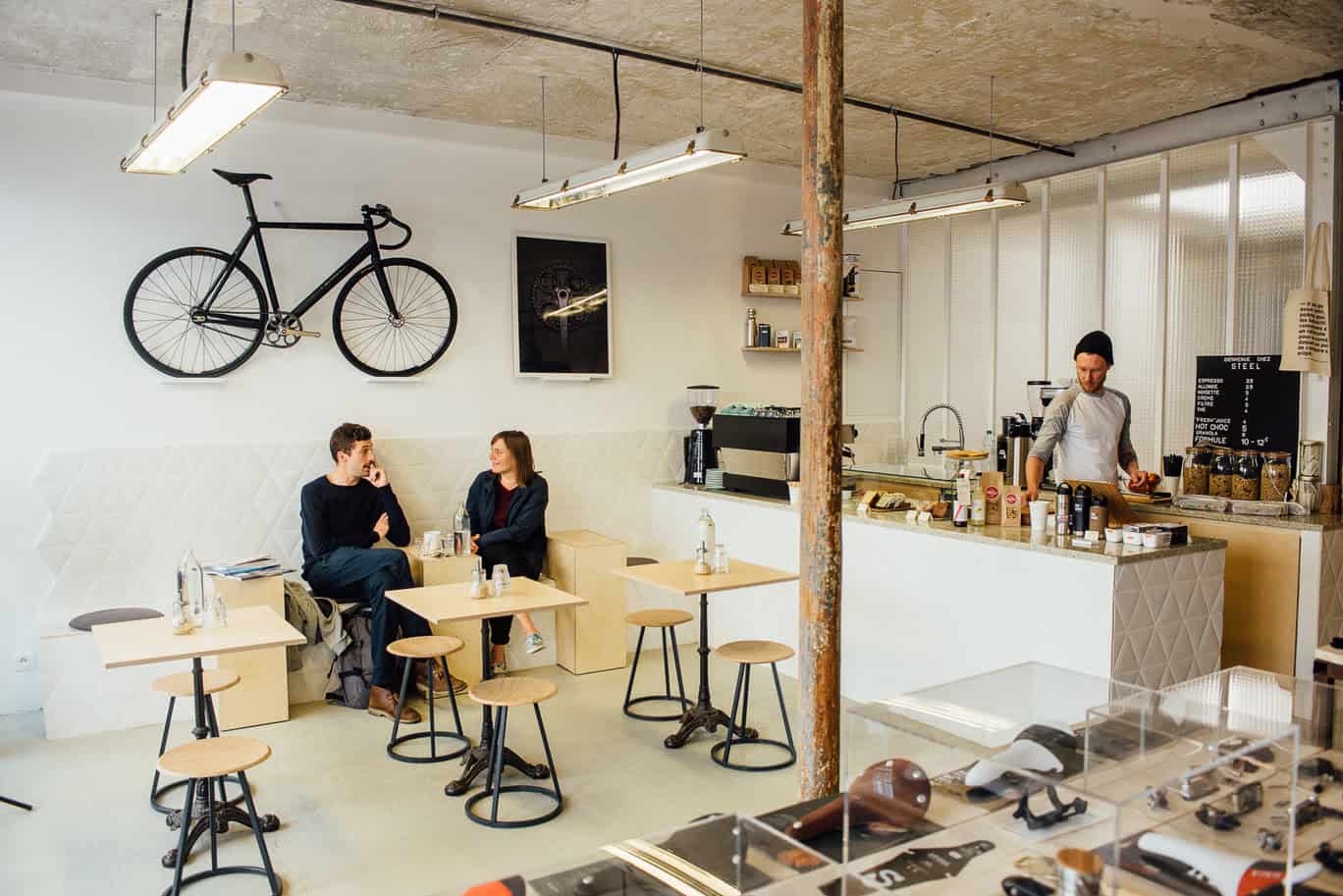

I love this trip to memory lane Merci.
Butter : never buy in convenient stores except if organic store.
Mostly in crèmeries “demi sel” if salt is in small flakes and reasonable. .
Often wrapped in baking parchemin style paper, from farms.
I regularly buy Bordier, sometimes Beurre de vaches Froment, very orange but very expensive as very rare.
I am convinced that good food always starts with quality ingredients ; and when it comes to butter, just a good slice of bread and some good butter is heaven.
Merci for this post.
This is so true! In 2015, I spent a month in Paris and had time to really shop and enjoy the amazing variety of foods. When I got back to Canada, I went on a mission to find French butter, or butter made in the French style. No luck. I was supposed to be back in Paris for a month again this May, but of course, that’s impossible for the time being. The next time I’m back for an extended visit, though, the first thing I’ll buy to stock my fridge will be butter.